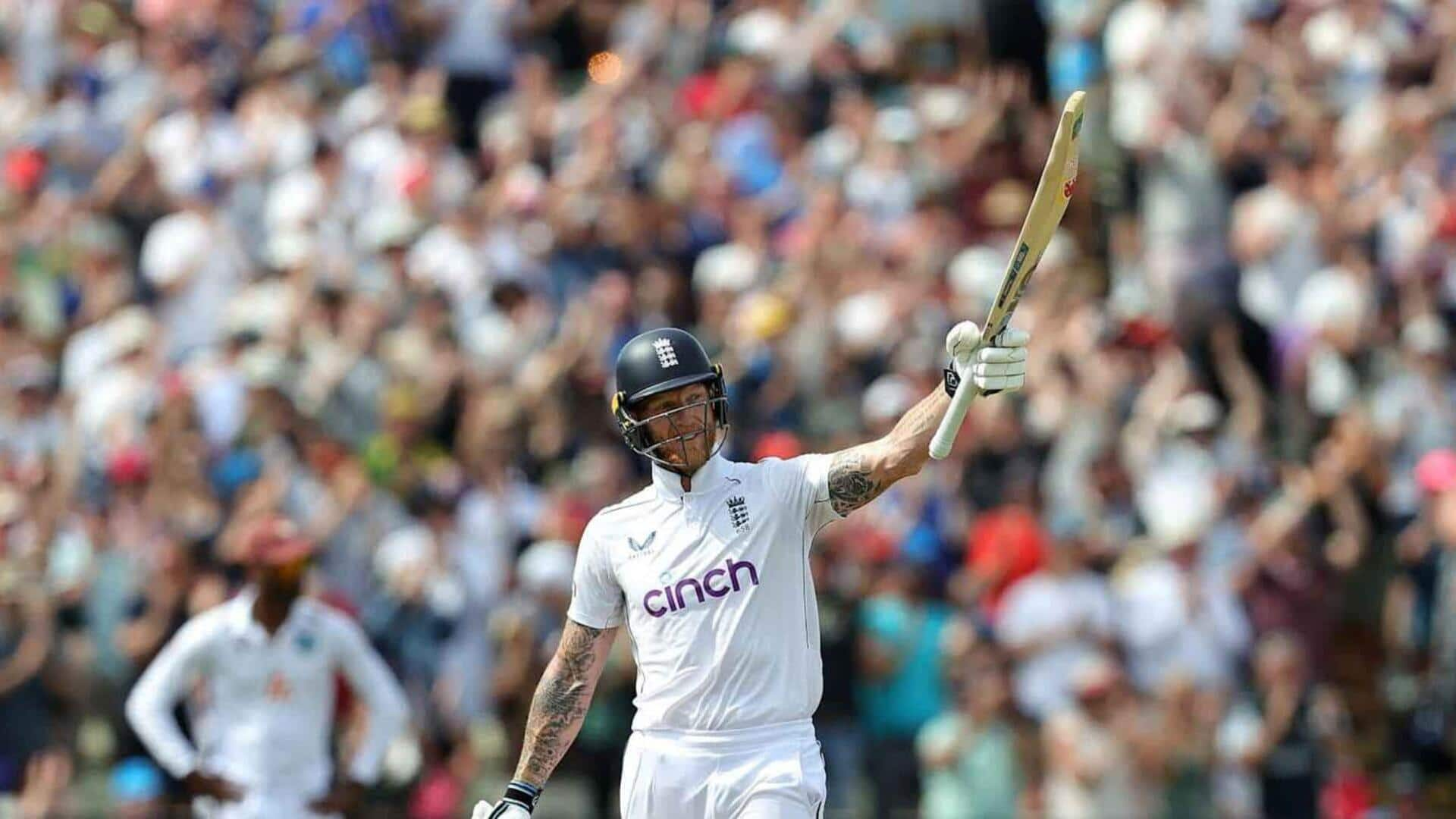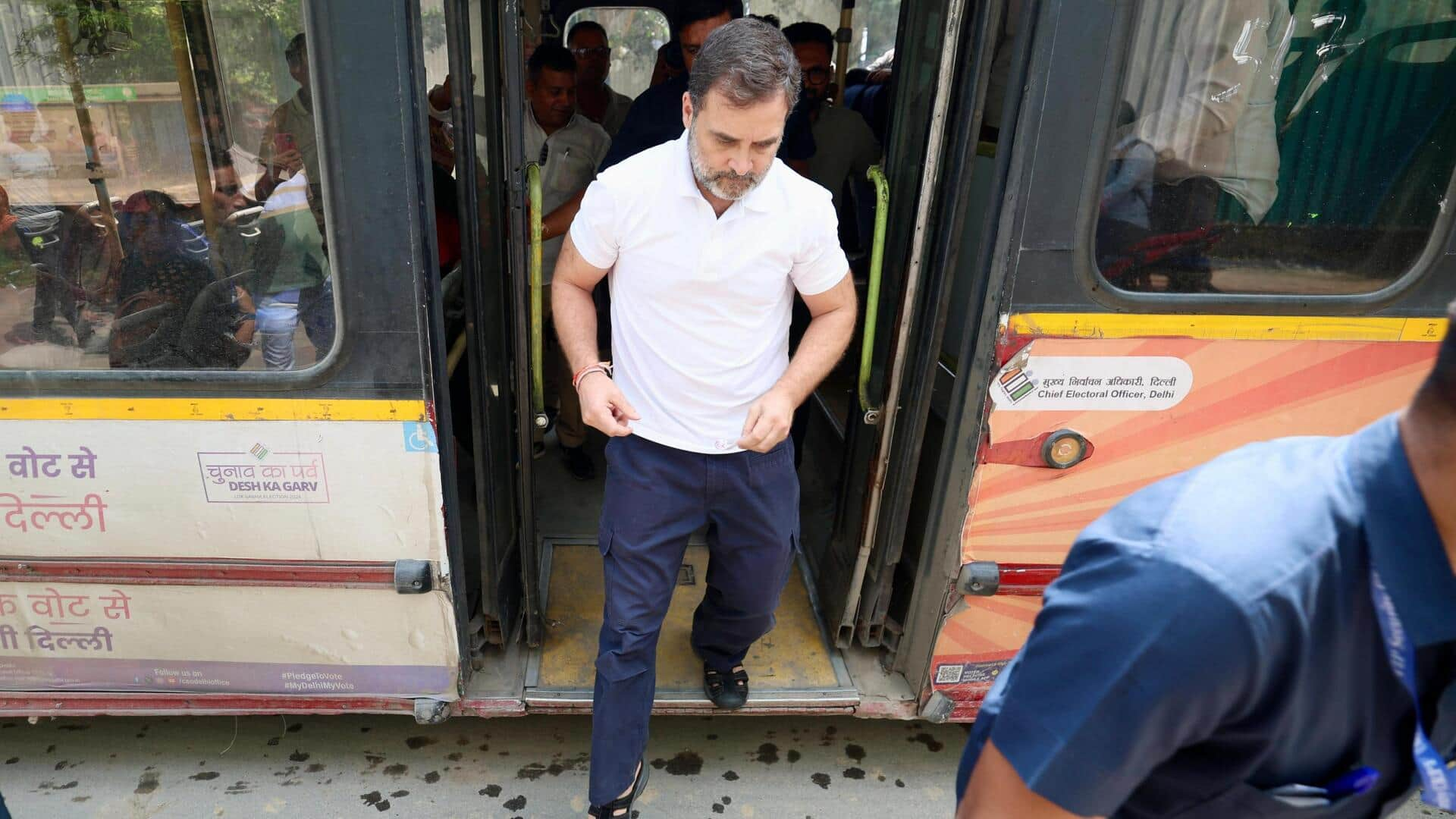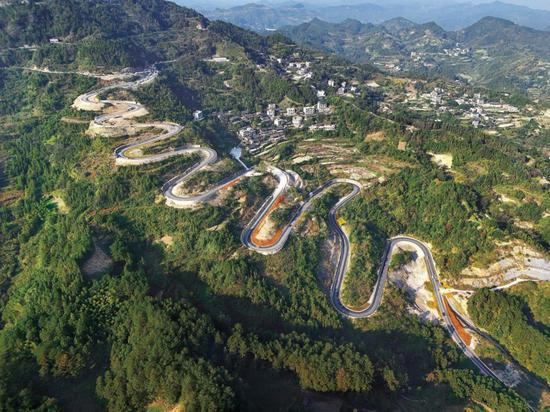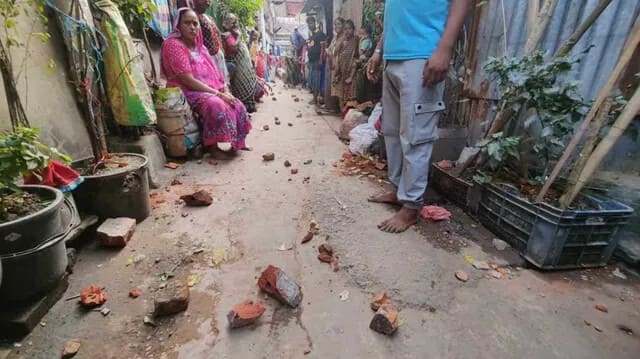
BENGALURU, Nov 29 (Reuters) - India's economy slowed much more than expected in July-September, expanding by only 5.4% year-on-year, data showed on Friday, weighed down by weak urban consumption following a rise in food prices. A Reuters poll had predicted a 6.
5% expansion in gross domestic product for the quarter ending Sept. 30. MADHAVI ARORA, LEAD ECONOMIST, EMKAY GLOBAL, MUMBAI Needless to say, the fall in income capacity of the urban sector has hit their consumption profile, albeit with a lag.

The last 3-6 months have seen a pronounced fall in urban consumption demand across durables and non-durable items, as also seen in various consumption-based companies' results and commentaries. Public sector has been a missing agent in India's growth profile for the first five months of this fiscal year. However, sharp pick-up in public spending since September should increase the contribution of public sector spending in GDP growth ahead in H2 FY25.
We expect growth to remain subdued over the next few quarters as household consumption moderates and investment growth eases in an environment of still-high interest rates. But the economy is not going to crater. In terms of the policy implications, we don't think the (Sept quarter) data will convince the RBI to lower interest rates at its December meeting given that headline inflation has surged over the past few months.
But if we are right in thinking that inflation has now peaked and will gradually retreat towards the 4% target, that should open the door for policy easing to begin in April. The slowdown in India's economic activity is eventually getting reflected in the GDP data despite clear evidence of it in various high frequency data led by persistently weakening domestic consumption. That said, rising deflator is equally responsible markedly slower growth now, unlike last year when the real GDP growth was artificially propped up by unusually low deflator.
The outcome reflects a miss in domestic-oriented as well as external-driven segments. This quarter likely marks the bottom of the cycle and we count on a modest recovery in the second half as few of these constraints are expected to even out. Nonetheless, a reassessment of full-year growth numbers is likely, backed by the case for stepped up monetary as well as fiscal policy support.
In light of the recent spike in CPI inflation, we anticipate a status quo from the RBI's monetary policy meeting next week. However, with the GDP growth sharply undershooting the Committee's expectations, a February 2025 rate cut may be on the table if the next two inflation prints recede. This (GDP print) reflects a sharp slowdown in listed company profits in the second quarter.
From the expenditure side, capex growth slowed, reflecting a slowdown in government capex especially state government. Private capex has remained muted due to lack of visibility on consumption demand. Private consumption growth slowdown is led by urban demand weakness as income growth slowed.
Post today's print, there is a high probability of an RBI rate cut in December. Some of the downdraft will fade away in H2 FY25 as the favourable impact of healthy kharif sowing comes on board, while the government steps up its expenditure in an attempt to get close to the budgeted target. This, along with the festive season revival in activity levels, should help in GDP growth turning higher.
Having said that, global uncertainty is likely to worsen in the Trump 2.0 regime, the cascading effect of which needs to be monitored closely. Overall, we now see a credible downside risk to our FY25 GDP growth estimate of 7.
0%. The sharply lower-than-expected GDP figures reflect the highly disappointing corporate earnings data. The manufacturing sector appears to have taken the maximum beating.
The high-frequency data suggests festive-linked revival in activity may provide a marginally better second-half growth but overall GDP growth for the full year is going to be around 100bps lower than RBI's estimate of 7.2%. Despite the sharp slowdown in GDP growth, we maintain our view of a pause by the RBI next week, given elevated inflation and uncertain global environment.
The softer economic growth stemmed from lower manufacturing, electricity and mining growth in the second quarter. On the demand side, consumption growth slowed probably due to a moderation in urban demand. While we expect the RBI to keep the policy rate unchanged at its meeting next week, the possibility of a move in February for a rate cut has increased.
Amid sluggish consumption growth owing to moderating real income growth and effect of concentrated and heavy rains, demand drivers remained weak in Q2 FY25. The rise in commodity prices amid sluggish top-line growth led to drop in gross value added growth in manufacturing sector. Both these factors impacted the growth in Q2FY25.
Sign up here. Reporting by Hritam Mukherjee, Dimpal Gulwani, Nishit Navin in Bengaluru; Compiled by Indranil Sarkar; Editing by Krishna Chandra Eluri Our Standards: The Thomson Reuters Trust Principles. , opens new tab.










